Designing
Some of the the Tools I used for designing


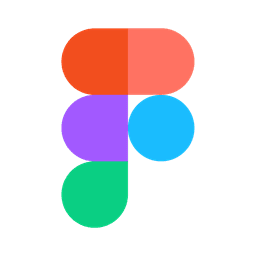

Programming Skills
some of the Programming langauges that i used and worked on


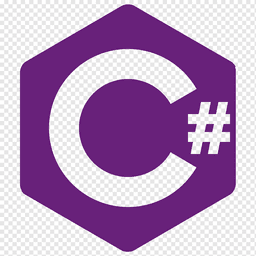
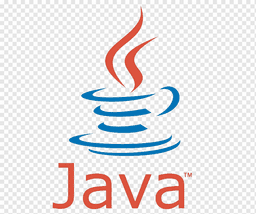
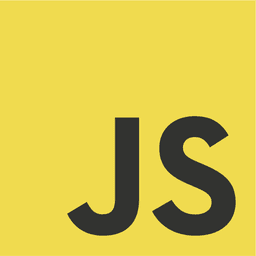
Web Development
Some of the frameworks and library i used for web developments


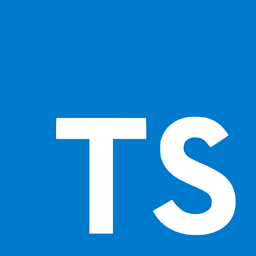

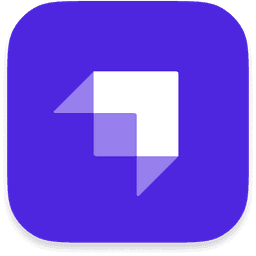

Portfolio
My creative Works and LatestProjects
I have Highligthed some of my Latest projects to share with you
RentalBanner Web Platform
Built a dynamic multi-category rental listing platform that allows users to post and browse rentals for homes, vehicles, electronics, and more. The platform features user-friendly search, category filters, and secure contact options to simplify the rental process. This was a project I was involved in while working at NepTechPal
- React
- Next.js
- Tailwind CSS
RentalBanner Web Platform
Built a dynamic multi-category rental listing platform that allows users to post and browse rentals for homes, vehicles, electronics, and more. The platform features user-friendly search, category filters, and secure contact options to simplify the rental process. This was a project I was involved in while working at NepTechPal
- React
- Next.js
- Tailwind CSS
MoreDealsX – Premium Savings Platform
Contributed to the development of a premium savings platform that delivers exclusive deals and discounts from leading global brands including Netflix, Apple, Google, and PayPal. The platform features early access to limited-time offers, enhanced discounts for members, and a gamified loyalty program to encourage repeat engagement. This project was part of my work at MORETECH GLOBAL
- Next.js
- react.js
- Taiwind CSS
MoreDealsX – Premium Savings Platform
Contributed to the development of a premium savings platform that delivers exclusive deals and discounts from leading global brands including Netflix, Apple, Google, and PayPal. The platform features early access to limited-time offers, enhanced discounts for members, and a gamified loyalty program to encourage repeat engagement. This project was part of my work at MORETECH GLOBAL
- Next.js
- react.js
- Taiwind CSS
Blogs
Some of my Writings and LatestBlogs
Some Latest Blogs to share with you

In the fast-paced world of technology, staying updated with the latest trends and innovations is crucial. From artificial intelligence to virtual reality, the tech landscape is diverse and ever-evolving. In this blog, we'll take a closer look at some key tech categories that are shaping the future and explore mock-up blogs to give you a sneak peek into the exciting world of prototypes.
Artificial Intelligence (AI):
AI is revolutionizing various industries, from healthcare to finance. Mock-up blog: "AI Unleashed: Transforming Industries with Smart Solutions" - A glimpse into how AI is streamlining processes and enhancing decision-making.
Internet of Things (IoT):
The interconnected web of devices is changing the way we live and work. Mock-up blog: "Living in a Connected World: Exploring the IoT Revolution" - An overview of how IoT is creating smart homes, cities, and industries.
Augmented Reality (AR) and Virtual Reality (VR):
AR and VR are transforming how we perceive and interact with the digital world. Mock-up blog: "Beyond Reality: The Rise of AR and VR Experiences" - A showcase of immersive technologies and their impact on entertainment, education, and more.
Cybersecurity:
As technology advances, the need for robust cybersecurity measures becomes paramount. Mock-up blog: "Guardians of the Digital Realm: Navigating the Cybersecurity Landscape" - An exploration of the latest trends in cybersecurity and how they protect against evolving threats.
Sustainable Tech:
Tech for a better planet is gaining momentum. Mock-up blog: "Green Tech Revolution: Innovations for a Sustainable Future" - A look at eco-friendly technologies and their role in creating a more sustainable world.
Quantum Computing:
The next frontier in computing is quantum. Mock-up blog: "Quantum Computing Demystified: A Leap into the Future" - An introduction to the world of quantum computing and its potential to solve complex problems.
Conclusion:
The tech world is a dynamic and exciting space, with innovations in various categories pushing the boundaries of what's possible. These mock-up blogs provide a glimpse into the diverse topics within the tech landscape, sparking curiosity about the future and the possibilities that lie ahead. Stay tuned for more in-depth explorations into each of these categories in upcoming blogs!

Artificial Intelligence (AI) is no longer confined to the realm of science fiction; it has become an integral part of our daily lives. From personalized recommendations on streaming platforms to voice-activated virtual assistants, AI is seamlessly woven into the fabric of modern technology. In this blog, we'll delve into the diverse facets of AI, exploring its applications that touch us in ways we might not even realize.
AI in Personal Assistants:
Mock-up blog: "Your Virtual Sidekick: How AI-Powered Personal Assistants Simplify Your Life" - This blog offers insights into how AI-driven virtual assistants anticipate your needs, manage your schedule, and provide real-time information, making your daily tasks more efficient.
AI in Healthcare:
Mock-up blog: "Healing with Algorithms: The Role of AI in Revolutionizing Healthcare" - Discover how AI is transforming the healthcare landscape, from diagnostic tools that analyze medical images to personalized treatment plans based on predictive analytics.
AI in Education:
Mock-up blog: "Smart Learning: AI's Impact on Education and Lifelong Learning" - Explore how AI is reshaping education through adaptive learning platforms, personalized tutoring, and intelligent assessments, creating a more engaging and effective learning experience.
AI in E-commerce:
Mock-up blog: "Beyond the Cart: The AI-Powered Shopping Experience" - Uncover the ways AI enhances the online shopping journey, from product recommendations to chatbots providing instant customer support, creating a more personalized and enjoyable shopping experience.
AI in Finance:
Mock-up blog: "AI and Your Finances: Navigating the Future of Financial Technology" - Examine how AI is revolutionizing the financial sector, from robo-advisors making investment decisions to fraud detection systems ensuring the security of your transactions.
AI in Entertainment:
Mock-up blog: "Entertainment Redefined: The Impact of AI on Movies, Music, and Gaming" - Dive into the world of AI-generated content, virtual influencers, and personalized entertainment experiences that cater to individual tastes and preferences.
As we navigate the intricacies of our daily lives, AI stands as a silent yet powerful force, enhancing our experiences across various domains. This blog provides a snapshot of the pervasive influence of AI in shaping the world we live in, offering a glimpse into the exciting possibilities that lie ahead as artificial intelligence continues to evolve. Stay tuned for more in-depth explorations into the fascinating intersections between AI and our everyday existence.
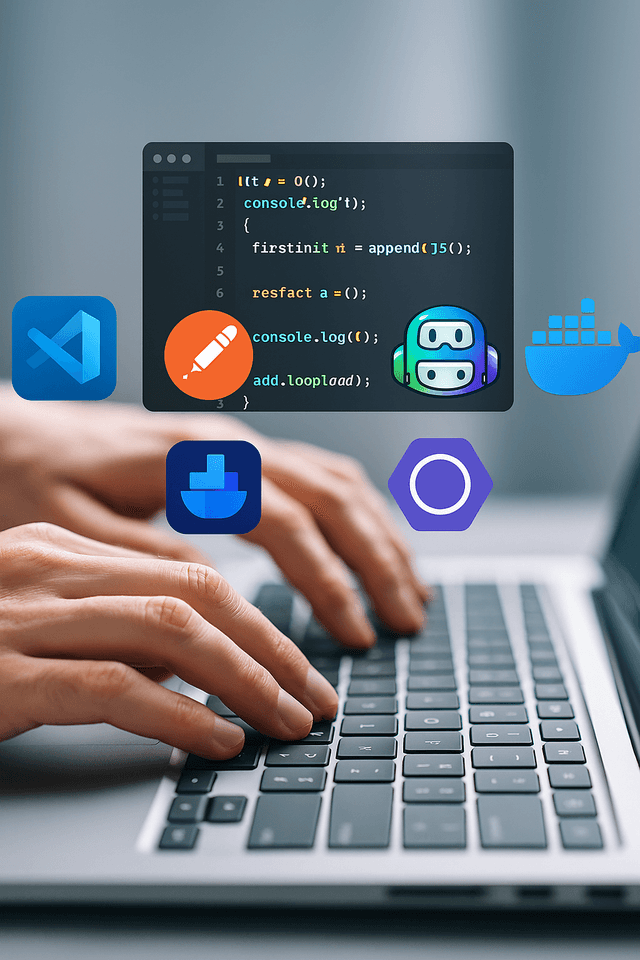
In the ever-evolving landscape of software development, tools play a vital role in productivity, collaboration, and code quality. Choosing the right set of tools can significantly enhance your workflow and help you stay competitive. Based on my personal experience and industry trends, here are five tools every developer should master in 2025.
1. Visual Studio Code (VS Code)
VS Code has become a universal favorite among developers. It's a powerful yet lightweight source code editor developed by Microsoft
Why I Use It:
- Seamless integration with Git and GitHub
- Rich extension ecosystem (like Prettier, ESLint, Live Server)
- IntelliSense for smart code completion
- Built-in terminal and debugger
VS Code also allows remote development and integrates well with Docker and WSL, making it a versatile choice for both beginners and professionals.
2. GitHub Copilot
GitHub Copilot, powered by OpenAI, is an AI coding assistant that suggests lines or blocks of code as you type. It has redefined how developers approach programming.
Why I Use It:
- Speeds up repetitive coding tasks
- Offers instant help when stuck on logic
- Great for exploring alternative ways to solve problems
It’s like pair programming with an AI assistant that never sleeps
3. Postman
Postman is the go-to tool for API testing and collaboration. Whether you're developing or consuming APIs, it provides a user-friendly interface for sending requests and analyzing responses.
Why I Use It:
- Supports REST, GraphQL, and SOAP
- Easily automate test cases with scripting
- Environment and collection management for complex workflows
For modern web apps, knowing Postman well is a game-changer
4. Docker
Docker helps developers containerize applications, making deployment smoother and more consistent across environments.
Why I Use It:
- Eliminates “it works on my machine” issues
- Lightweight and fast to spin up environments
- Perfect for microservices and DevOps workflows
Containers are the present and future of software deployment. Docker makes them easy.
5. ESLint
Code quality matters, and ESLint is essential for maintaining it in JavaScript projects. It flags errors and enforces coding standards automatically.
Why I Use It:
- Prevents runtime errors early
- Promotes clean and readable code
- Customizable rules to match your team's preferences
These tools aren’t just trendy—they're reliable, powerful, and widely adopted in the industry. Mastering them can make your development process faster, cleaner, and more efficient.

Debugging is not just about fixing code—it’s about understanding your system, improving your thinking, and becoming a more mindful developer. In my experience, every bug has a story to tell, and if you listen carefully, you’ll come out smarter on the other side. Below, I’m sharing the real-life strategies I use every day that help me squash bugs faster and smarter.
1. Reproduce the Error Consistently
Before jumping into fixes, I always try to reproduce the issue consistently. Whether I’m working on a frontend app or a backend service, repeating the bug under the same conditions helps eliminate randomness.
- If it's a UI bug: I replicate the same screen, input, and user actions.
- If it’s backend: I test the API or function with the same payload or sequence of requests.
This step alone often reveals edge cases I hadn’t considered.
🧠 Pro Tip: Always note the environment (dev/staging/production) where the bug occurs—it could be environment-specific.
2. Read the Error Message (Yes, Really!)
It sounds simple, but reading the full error message carefully has saved me more time than any tool. Stack traces often point to:
- The file and line number
- The function name
- Sometimes even the specific variable or argument that failed
Rather than just Googling the error code, I try to understand what the message is saying. This is especially important for framework-specific errors (like React or Django) that can seem cryptic at first.
🧠 Pro Tip: Look one level above the line where the error happens—it’s often the real culprit.
3. Use Breakpoints and Step Debugging
Console logs are great, but debuggers are better.
In tools like VS Code, I use breakpoints to pause my app at key points. This lets me inspect:
- Local variable values
- The call stack
- Conditional logic flow
You can even set conditional breakpoints to stop only when a variable reaches a specific value.
🎯 Why it matters: Debuggers give you precise insight into what your app is doing at runtime, helping you understand why things go wrong.
4. Smart Console Logging
When I do use console.log(), I try to be strategic about it:
- I label logs with clear tags (e.g., console.log('[API RESPONSE]', data)).
- I log only what’s relevant to the bug.
- I use console.group() and console.table() for structured logging.
This makes it easy to scan output, especially in large applications where too much logging becomes noise.
🧠 Pro Tip: Remove or comment out your debug logs once the issue is fixed. It keeps your codebase clean.
5. Check Network Activity & DevTools
When dealing with frontend bugs, I rely heavily on browser DevTools, especially the:
- Network tab to inspect API requests and responses
- Console tab for JavaScript errors
- Application tab for cookies and local storage values
For instance, a login issue might not be in your UI code—it might be a 401 error from the API due to expired tokens or wrong headers.
🧠 Pro Tip: Use tools like Postman or cURL to test APIs outside your app. It narrows down whether the issue is in the backend or frontend.
6. Rubber Duck Debugging
Yes, I’ve literally explained bugs out loud to a stuffed toy once or twice.
“Rubber duck debugging” works because it forces you to slow down and explain your logic, often revealing the flaw. Even if no one else is listening, just articulating the issue in words can shift your mental gears.
Better yet, explain it to a real human who has no idea what you’re working on.
🧠 Pro Tip: If you can’t explain it clearly, you probably haven’t understood it well enough.
7. Use Git Like a Time Machine
One of the most underrated debugging tools is Git.
I often use:
- git diff to spot what's changed
- git bisect to find the exact commit where a bug was introduced
- Reverting small chunks to check if they affect the issue
This is particularly useful when working on large teams, where code changes come from many people.
🧠 Pro Tip: Make small commits with clear messages. It makes debugging way easier later.
8. Take Breaks When You’re Stuck
If I’ve stared at the screen for more than 30 minutes and made no progress, I stop. I walk away, stretch, drink coffee—anything away from the screen.
You’d be surprised how often the solution hits me once I stop actively thinking about it.
🧠 Pro Tip: If the bug is super stubborn, describe the problem in a note or message to someone—even if you never send it. You might solve it halfway through writing it down.
Let's Talk
Send Your Enquiry Now



